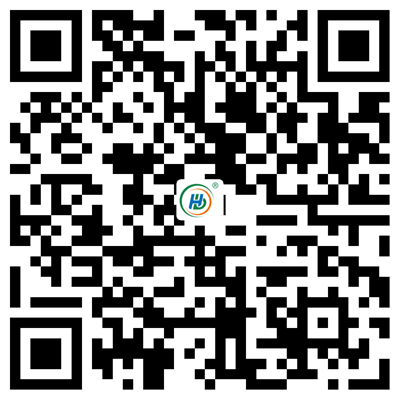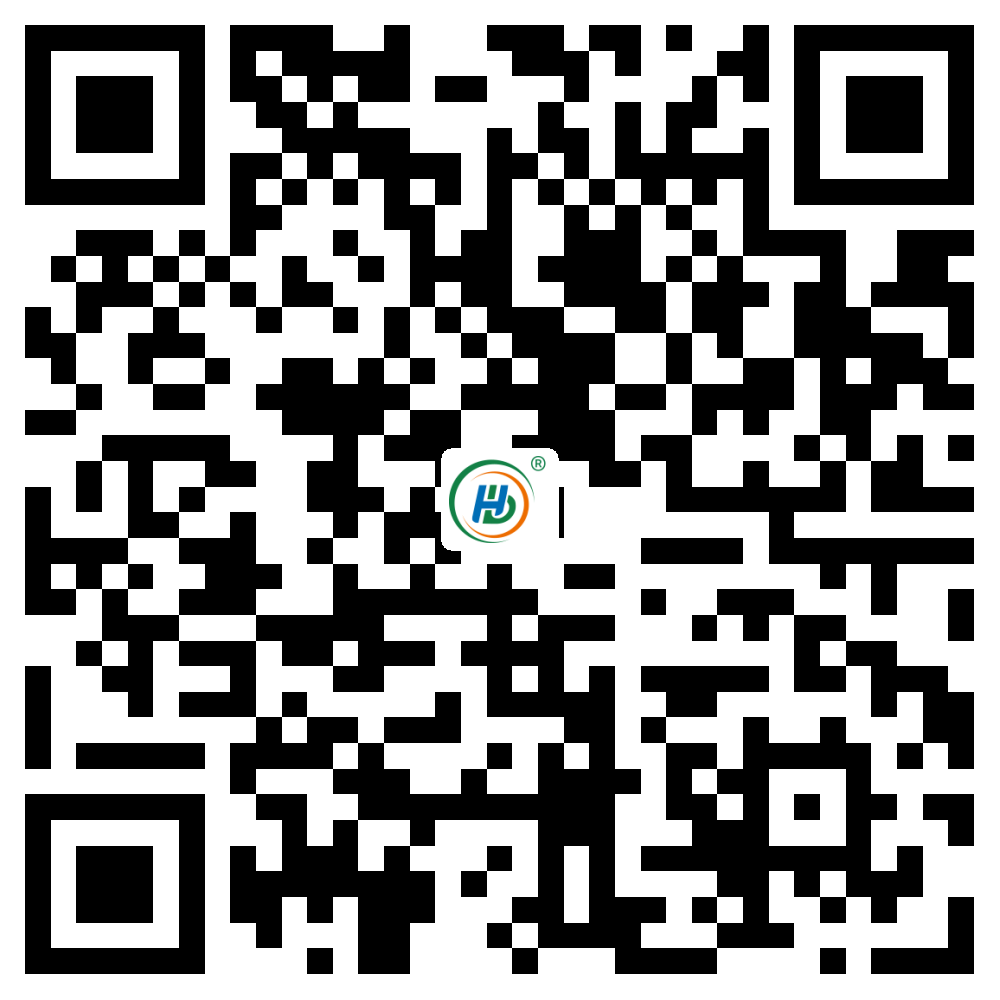上海勁馬實驗設備有限公司作者
人干細胞因子受體(SCFR)ELISA Kit
| 資料類型 | pdf文件 | 資料大小 | 497641 |
| 下載次數 | 120 | 資料圖片 | 【點擊查看】 |
| 上 傳 人 | 上海勁馬實驗設備有限公司 | 需要積分 | 0 |
| 關 鍵 詞 | 人干細胞因子受體(SCFR)ELISA Kit,人SCFR試劑盒,人干細胞因子受體試劑盒,人SCFR | ||
- 【資料簡介】
上海勁馬實驗設備有限公司專業供應各種屬elisa試劑盒,提供免費代測服務,保證實驗結果客觀真實性。我公司對試劑盒質量100%保證,若存在質量問題,我們無條件包退換。若需要了解試劑盒的詳細信息,請來的咨詢:
:業務: 何
R&D Systems提供種類齊全的完整ELISA試劑盒。為確保高優品質及重復性,所有試劑盒均經過極其嚴格的質量檢驗。為檢測胞內和胞外蛋白,試劑盒使用了多種檢測手段,包括比色法、熒光法和化學發光法等。規格:48次/96次 價格:1600/2600
ReagentQuantity Per PlateContainerReconstitutionDilution96-Well Microplate or Strips Coated w/ Capture Antibody12 x 8 Strips---Biotin-Conjugated Detection AntibodyLyophilizedYellow67 µl H2OUse Detection Antibody DiluentReady-to-Use Avidin-HRP Conjugate Solution11 mlClear--Cytokine Protein StandardLyophilized (15 ng)Red100 µl H2OUse Protein Standard DiluentReady-to-Use Substrate11 mlBrown--Stop Solution11 mlClear--Adhesive Plate Sealers4 Sheets---Wash Buffer (10X)50 mlClear-Dilute to 1X Using Pure H2OProtein Standard Diluent11 mlClear--Detection Antibody Diluent11 mlClear--ConditionComponentStorage InformationStorage TimeSealed, Unopened Assay Kit-2-8°C1 monthReconstituted, Opened Assay Kit96-Well Microplate (Capture Antibody Coated)2-8°C1 monthDetection AntibodyReady-to-Use Avidin-HRP Conjugate SolutionCytokine Protein StandardReady-to-Use SubstrateStop SolutionWash Buffer (10X)Protein Standard DiluentDetection Antibody DiluentPlate SealersHuman SCFR Standard CurveConcentration (pg/ml)Average OD 450nm20002.2510001.750012500.571250.3462.50.1831.250.093INTRODUCTIONSCF-R/c-kit, also known as KIT, is a tyrosine-protein kinase that acts as cell-surface receptor for the cytokine KITLG/SCF and plays an essential role in the regulation of cell survival and proliferation, hematopoiesis, stem cell maintenance, gametogenesis, mast cell development, migration and function, and in melanogenesis. In response to KITLG/SCF binding, KIT can activate several signaling pathways. KIT phosphorylates PIK3R1, PLCG1, SH2B2/APS and CBL. KIT also activates the AKT1 signaling pathway by phosphorylation of PIK3R1, the regulatory subunit of phosphatidylinositol 3-kinase. Activated KIT also transmits signals via GRB2 and activation of RAS, RAF1 and the MAP kinases MAPK1/ERK2 and/or MAPK3/ERK1. The protein promotes activation of STAT family members STAT1, STAT3, STAT and STAT5B. Activation of PLCG1 leads to the production of the cellular signaling molecules diacylglycerol and inositol-1,4,5-trisphosphate. KIT signaling is modulated by protein phosphatases, and by rapid internalization and degradation of the receptor. Activated KIT promotes phosphorylation of the protein phosphatases PTPN6/SHP-1 and PTPRU, and of the transcription factors STAT1, STAT3, STAT and STAT5B. KIT promotes phosphorylation of PIK3R1, CBL, CRK (isoform Crk-II), LYN, MAPK1/ERK2 and/or MAPK3/ERK1, PLCG1, SRC and SHC1. C-kit is present in an inactive conformation in the absence of bound ligand. KITLG/SCF binding leads to dimerization and activation by auto-phosphorylation on tyrosine residues. Activity is down-regulated by PRKCA-mediated phosphorylation on serine residues. SCF R/c-kit is inhibited by imatinib/STI-571 and sunitinib; these compounds maintain the kinase in an inactive conformation. In the absence of bound KITLG/SCF, KIT is a monomer and is a homodimer in the presence of bound KITLG/SCF, forming a heterotetramer with two KITLG/SCF molecules. KIT interacts (via phosphorylated tyrosine residues) with the adapter proteins GRB2 and GRB7 (via SH2 domain), and SH2B2/APS. Interacts (via C-terminus) with MPDZ (via the tenth PDZ domain). KIT also interacts (via phosphorylated tyrosine residues) with PIK3R1 and PIK3CD. Interacts (via phosphorylated tyrosine) with CRK (isoform Crk-II), FYN, SHC1 and MATK/CHK (via SH2 domain). Additionally, KIT interacts with LYN and FES/FPS. SCF R/c-kit also interacts (via phosphorylated tyrosine residues) with the protein phosphatases PTPN6/SHP-1 (via SH2 domain), PTPN11/SHP-2 (via SH2 domain) and PTPRU. Furthermore, KIT interacts with PLCG1. Isoform 1 and isoform 2 are detected in spermatogonia and Leydig cells. Isoform 3 is detected in round spermatids, elongating spermatids and spermatozoa (at protein level). KIT is widely expressed and detected in the hematopoietic system, the gastrointestinal system, in melanocytes and in germ cells. KIT is up-regulated by cis-retinoic acid in neuroblastoma cell lines and ubiquitinated by SOCS6. KIT is rapidly ubiquitinated after auto-phosphorylation induced by KITLG/SCF binding, leading to internalization and degradation. KITLG/SCF binding enhances auto-phosphorylation. Isoform 1 shows low levels of tyrosine phosphorylation in the absence of added KITLG/SCF (in vitro). Kinase activity is down-regulated by phosphorylation on serine residues by protein kinase C family members. Phosphorylation at Tyr-568 is required for interaction with PTPN11/SHP-2, CRK (isoform Crk-II) and members of the SRC tyrosine-protein kinase family. Phosphorylation at Tyr-570 is required for interaction with PTPN6/SHP-1. Phosphorylation at Tyr-703, Tyr-823 and Tyr-936 is also important for interaction with GRB2. Phosphorylation at Tyr-721 is similarly important for interaction with PIK3R1. Phosphorylation at Tyr-823 and Tyr-936 is vital for interaction with GRB7. Defects in KIT can lead to a variety of diseases, which include, but are not limited, to the following: Piebald trait (PBT), gastrointestinal stromal tumor (GIST), testicular tumors, acute myelogenous leukemia. Numerous proteins are phosphorylated in response to KIT signaling, but it is not evident to determine which are directly phosphorylated by KIT under in vivo conditions.Source: Entrez Gene; Swiss-ProtASSAY PRINCIPLESThe OmniKine™ Human SCFR ELISA Kit contains the components necessary for quantitative determination of natural or recombinant hSCFR concentrations within any experimental sample including cell lysates, serum and plasma. This particular immunoassay utilizes the quantitative technique of a “Sandwich” Enzyme-Linked Immunosorbent Assay (ELISA) where the target protein (antigen) is bound in a “sandwich” format by the primary capture antibodies coated to each well-bottom and the secondary detection antibodies added subsequently by the investigator. The capture antibodies coated to the bottom of each well are specific for a particular epitope on the Human SCFR cytokine while the user-added detection antibodies bind to epitopes on the captured target protein. Amid each step of the procedure, aseries of wash steps must be performed to ensure the elimination of non-specific binding between proteins to other proteins or to the solid phase. After incubation and “sandwiching” of the target antigen, a peroxidase enzyme is conjugated to the constant heavy chain of the secondary antibody (either covalently or via Avidin/Streptavidin-Biotin interactions), allowing for a colorimetric reaction to ensue upon substrate addition. When the substrate TMB (3, 3’, 5, 5’-Tetramethylbenzidine) is added, the reaction catalyzed by peroxidase yields a blue color that is representative of the antigen concentration. Upon sufficient color development, the reaction can be terminated through addition of Stop Solution (2 N Sulfuric Acid) where the color of the solution will turn yellow. The absorbance of each well can then be read by a spectrophotometer, allowing for generation of a standard curve and subsequent determination of protein concentration.ASSAY RESTRICTIONS?This ELISA kit is intended for research purposes only, NOT diagnostic or clinical procedures of any kind.?Materials included in this kit should NOT be used past the expiration date on the kit label.?Reagents or substrates included in this kit should NOT be mixed or substituted with reagents or substrates from any other kits.?Variations in pipetting technique, washing technique, operator laboratory technique, kit age, incubation time or temperature may cause differences in binding affinity of the materials provided.?The assay is designed to eliminate interference and background by other cellular macromolecules or factors present within any biological samples. However, the possibility of background noise cannot be fully excluded until all factors have been tested using the assay kit.
上一篇:推出使用波美度測試儀的方法
下一篇:了解落地式氙燈老化試驗箱的原理
- 凡本網注明"來源:環保在線"的所有作品,版權均屬于環保在線,轉載請必須注明環保在線,http://www.598km.com。違反者本網將追究相關法律責任。
- 企業發布的公司新聞、技術文章、資料下載等內容,如涉及侵權、違規遭投訴的,一律由發布企業自行承擔責任,本網有權刪除內容并追溯責任。
- 本網轉載并注明自其它來源的作品,目的在于傳遞更多信息,并不代表本網贊同其觀點或證實其內容的真實性,不承擔此類作品侵權行為的直接責任及連帶責任。其他媒體、網站或個人從本網轉載時,必須保留本網注明的作品來源,并自負版權等法律責任。
- 如涉及作品內容、版權等問題,請在作品發表之日起一周內與本網聯系,否則視為放棄相關權利。
 本站客戶服務號
本站客戶服務號
 環保在線官微
環保在線官微
 環保在線手機版
環保在線手機版
 環保在線APP
環保在線APP
 環保在線小程序
環保在線小程序




 環保在線APP
環保在線APP
 環保在線小程序
環保在線小程序
 微信公眾號
微信公眾號




